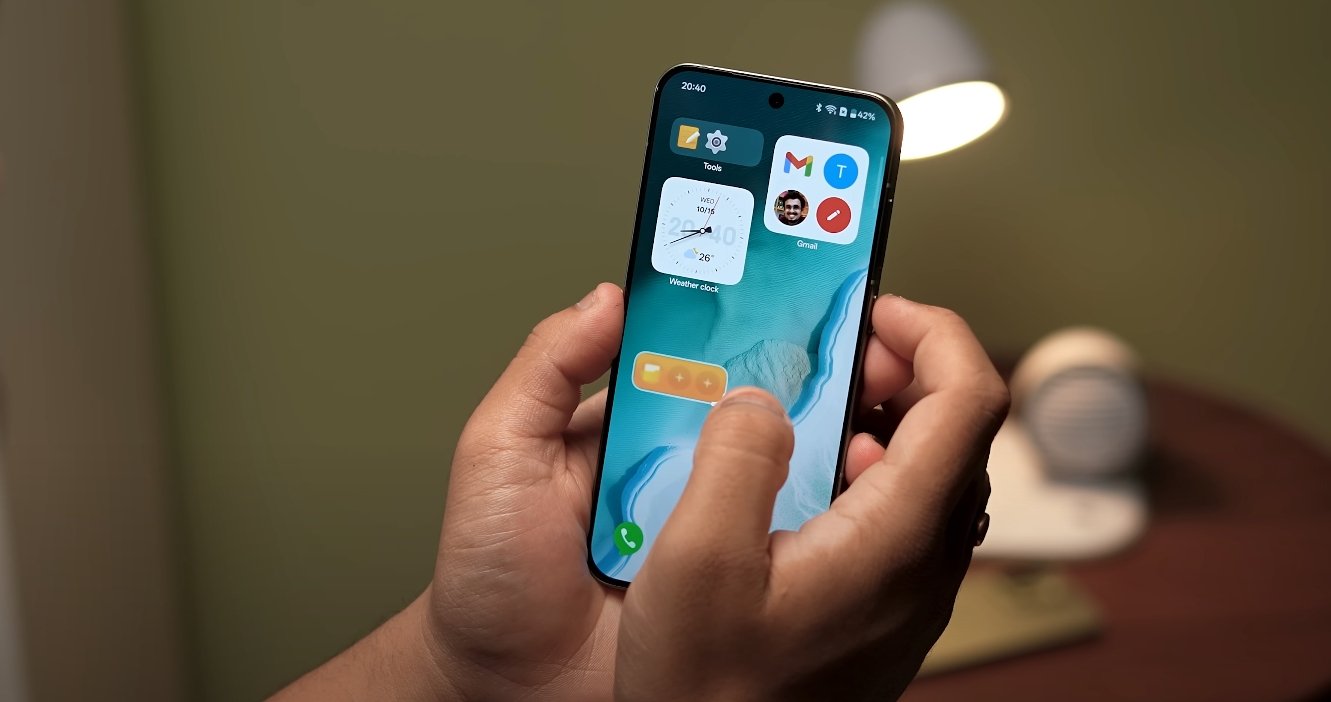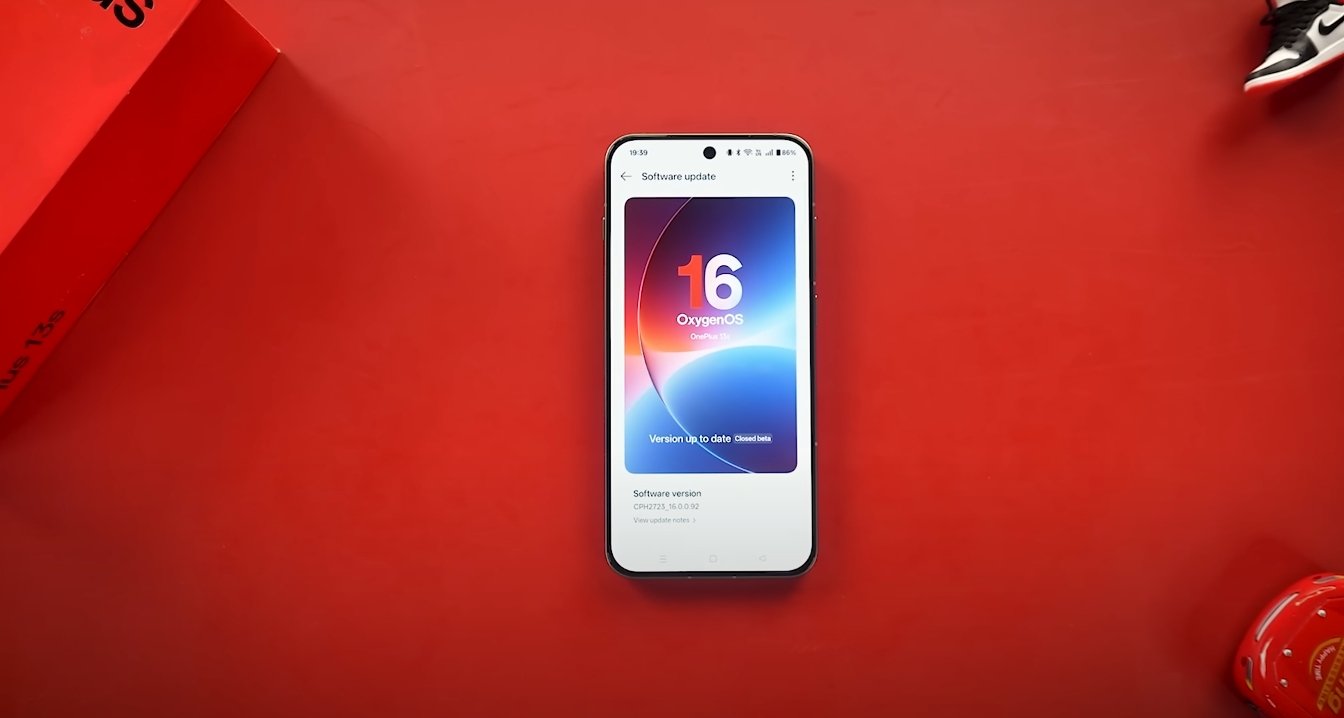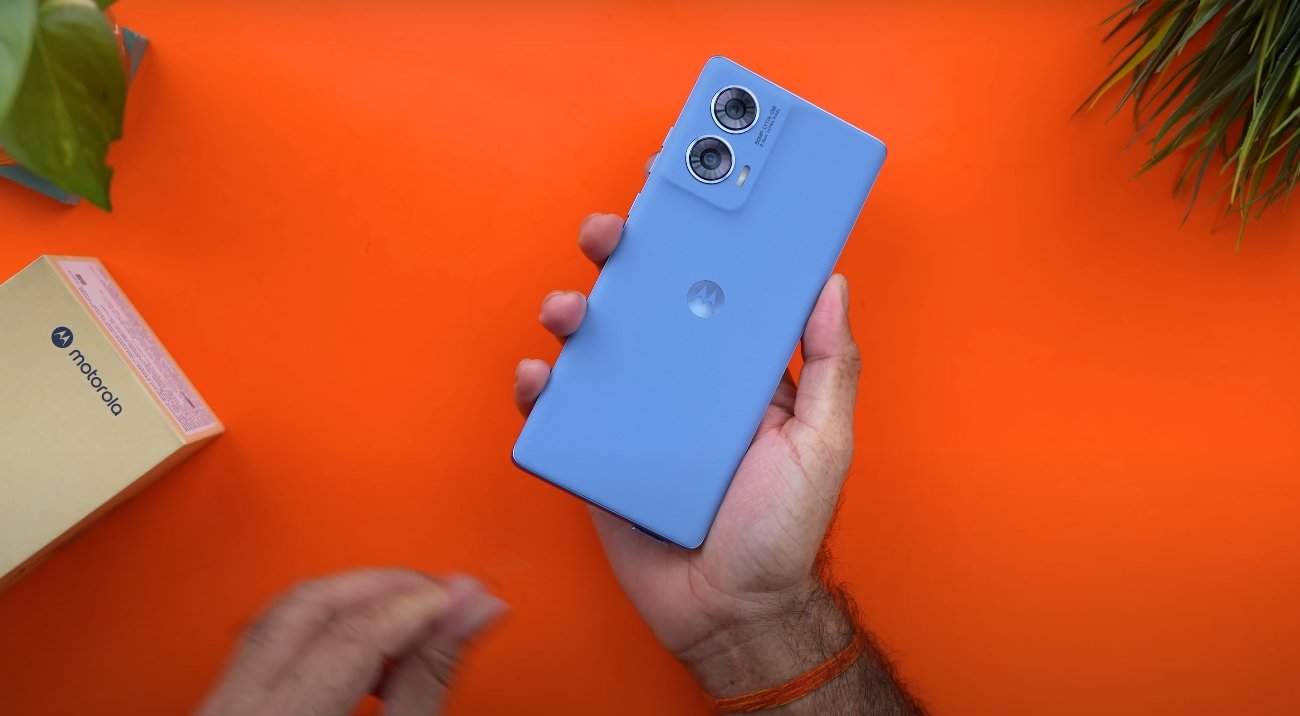Comparing Battery Life: OxygenOS 16 vs OxygenOS 14
Battery performance is a crucial factor for smartphone users, affecting daily usability and overall satisfaction. With the release of OxygenOS 16, OnePlus introduced several optimizations aimed at improving battery life over its predecessor, OxygenOS 14. Real-world testing and user experiences show that the newer OS brings noticeable improvements in endurance, efficiency, and power management.
OxygenOS 14, upon its release, faced criticism for inconsistent battery performance. Users often reported significant drain overnight and limited screen-on time during the day. In practical use, devices running OxygenOS 14 typically lasted fewer hours than expected, especially under moderate to heavy usage. Activities such as browsing, video streaming, and gaming tended to consume more power than anticipated, resulting in shorter usage sessions and frequent charging interruptions. This was particularly noticeable in models like the OnePlus 8T and OnePlus 10 Pro, where users reported both higher power consumption and occasional system stuttering, likely due to background processes not being efficiently managed.
In contrast, OxygenOS 16 has introduced several features to address these battery concerns. A key improvement is the adaptive battery management system, which learns user habits over time and allocates resources intelligently. Power-hungry apps are monitored and prioritized only when necessary, while background apps receive minimal attention unless actively in use. This optimization reduces unnecessary battery consumption and extends overall device longevity throughout the day. Many users have reported that after updating to OxygenOS 16, their devices could last significantly longer, with some experiencing an extra half-day of usage compared to OxygenOS 14.

Another factor contributing to better battery performance is the refined resource allocation for system processes. OxygenOS 16 ensures that system animations, app launches, and multitasking do not draw excessive power. By optimizing CPU and GPU usage dynamically based on the task at hand, the system maintains a balance between smooth performance and battery efficiency. This is particularly beneficial for users who engage in long sessions of video streaming, gaming, or multitasking, as the device remains responsive without compromising power consumption.
Real-world user feedback confirms the benefits of these changes. Many OnePlus 11 and 12 users have reported longer screen-on times, sometimes exceeding nine hours during a full day of moderate to heavy use. Overnight battery drain has also been noticeably reduced, allowing users to wake up with more remaining charge than they would have under OxygenOS 14. These improvements indicate that OxygenOS 16’s intelligent battery optimizations are effective across different models and usage patterns.
Additionally, OxygenOS 16 incorporates adaptive charging and power management features. The system adjusts charging speeds and battery usage based on user routines and device temperature. This not only extends daily battery life but also contributes to long-term battery health, reducing the risk of premature degradation. In contrast, OxygenOS 14 offered less granular control over these aspects, resulting in faster drain during intensive tasks and less efficient overnight charging.
Gaming and multimedia performance under OxygenOS 16 also shows a marked improvement in battery efficiency. While OxygenOS 14 often saw devices heating quickly during extended gaming sessions, the updated thermal and power management in OxygenOS 16 ensures that battery drain is mitigated without reducing performance. Users report sustained frame rates and smoother gameplay while maintaining longer session times, highlighting the effectiveness of the system’s optimization.
Overall, the comparison between OxygenOS 16 and OxygenOS 14 demonstrates that OnePlus has made substantial strides in enhancing battery life and efficiency. OxygenOS 16’s combination of adaptive battery management, optimized system resources, and intelligent charging features ensures that devices last longer on a single charge and remain more reliable throughout the day. Users upgrading from OxygenOS 14 experience improved endurance, reduced drain, and a more consistent performance under heavy usage.
In conclusion, OxygenOS 16 represents a significant improvement over OxygenOS 14 in terms of battery life and power management. By intelligently allocating resources, optimizing background processes, and incorporating adaptive charging, the update provides users with a more reliable and longer-lasting experience. For OnePlus users seeking better endurance, enhanced performance, and smarter battery management, OxygenOS 16 delivers tangible benefits that address many of the shortcomings observed in OxygenOS 14.
Also Read: Oppo Find X8 Ultra vs iPhone 15 Pro camera results




